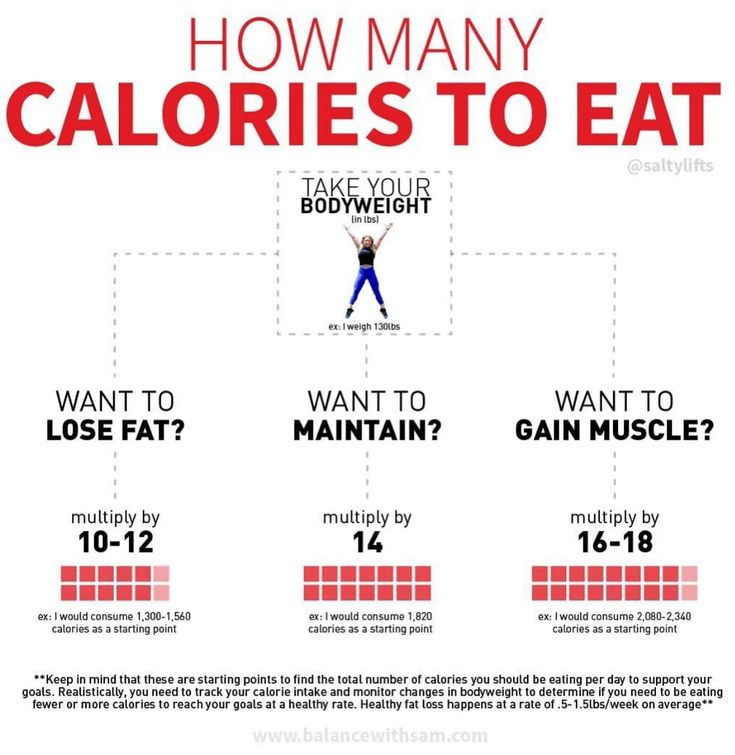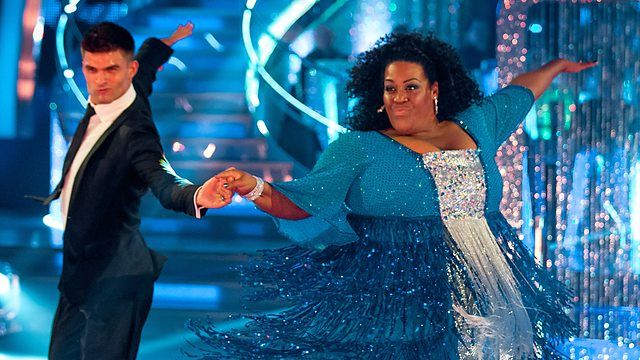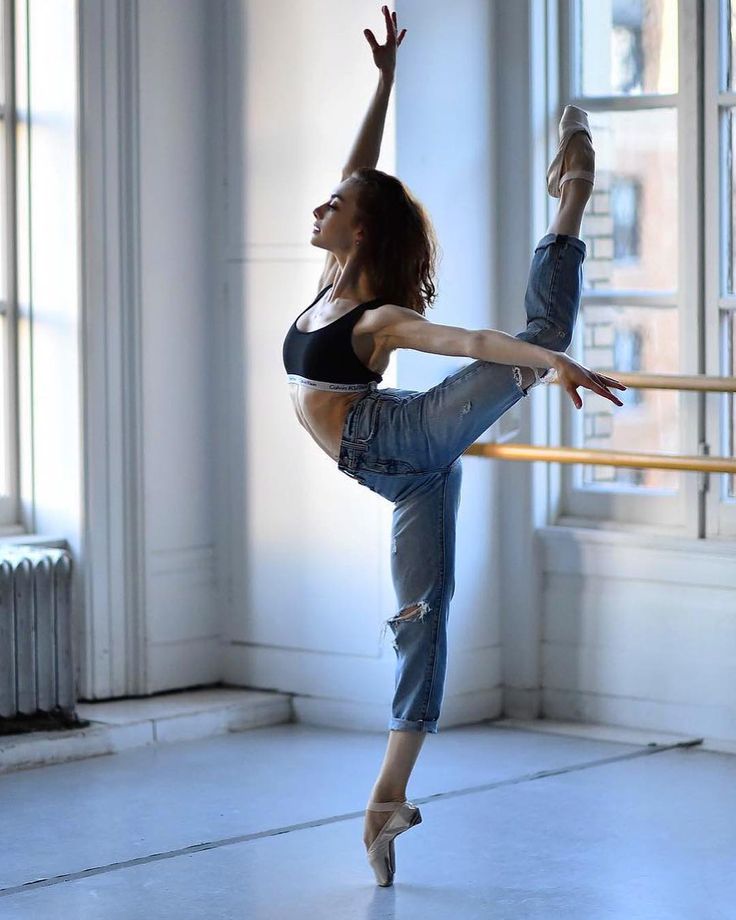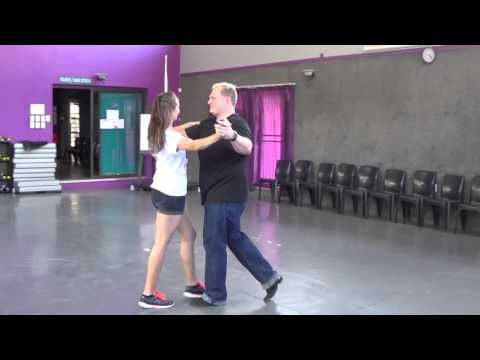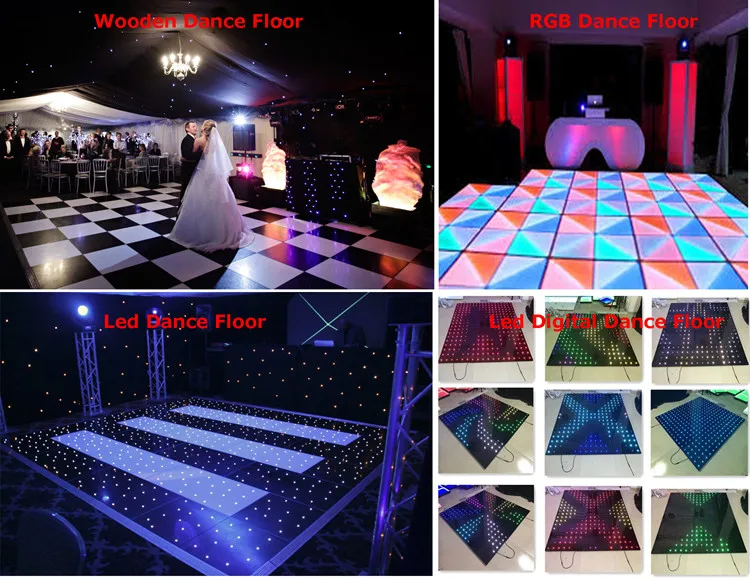How many calories does tap dancing burn
How many calories do you burn with Tap dancing?
A person who weighs 180 pounds can expect to burn an average of 394 calories per hour by Tap dancing. Our body weight, the kind of exercise we do, and how hard we do it are all factors that influence the number of calories we burn.
Make use of the calorie calculator that we have provided below to discover how many calories you will burn participating in activities such as Tap dancing, or other activities.
Weight
lbskgs
Minutes
CALORIES BURNED (KCAL) 394
Calories burned with Dancing (weight: 180 lbs)
How to calculate how many calories we have burned with Tap dancing?
For the purpose of this calculation, the MET value (Metabolic Equivalent of Task) of the Tap dancing was utilized. The value of the MET for the Tap dancing is 4.6. When calculating a person’s MET value, we multiply this number by their body weight in kilograms. After that, we multiply this value by 0.017 and the number of minutes that have passed.
Example Calculation:
- Your body weighs: 180 lbs
- Durition: 60 minutes
- MET value of Tap dancing: 4.6
The following is how many calories you can expect to burn by Tap dancing for 30-minutes:
(180 / 2.20462) * 4.6 * 0.0175 * 60 minutes = 394
MET Value
A MET (metabolic equivalent of task) is a measurement of the amount of energy that is expended as a result of engaging in physical activity for a set amount of time. On the chart that is located above, you will discover an activity’s MET.
A task that has a MET of 1 is about similar to the amount of energy consumed when doing nothing more strenuous than sitting at room temperature and not actively digesting any meals.
A task that has a MET of 2 demands a quantity of energy that is two times greater than that required by an activity that has a MET of 1.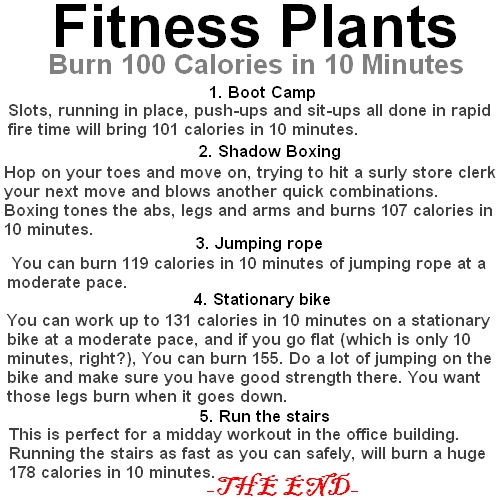 A job with a MET rating of 10 needs 10 times the amount of energy as one with a MET rating of 1.
A job with a MET rating of 10 needs 10 times the amount of energy as one with a MET rating of 1.
MET values “do not estimate the energy cost of physical activity in individuals in ways that account for differences in body mass, adiposity, age, sex, efficiency of movement, geographic and environmental conditions in which the activities are performed,” according to a study published in the journal Medicine and Science in Sports and Exercise. Therefore, individual variances in energy expenditure for the same activity can be rather significant, and the true energy cost for an individual may or may not be near to the claimed mean MET level as reported in the Compendium.” (this information is taken directly from the introduction page of the Compendium of Physical Activities).
Note: METs are not capable of estimating the amount of energy used during physical activity in individuals since they do not take into consideration differences in factors such as weight, adiposity, age, gender, the intensity of movement, or the conditions of the environment.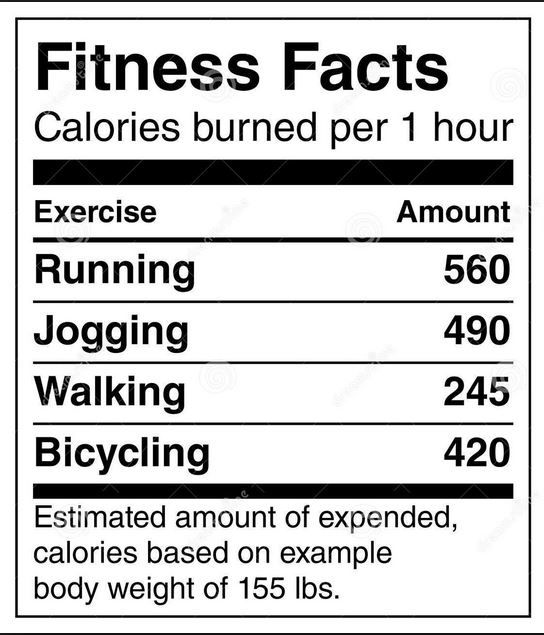 As a consequence of this, the amount of energy that an individual expends during the same activity varies from person to person.
As a consequence of this, the amount of energy that an individual expends during the same activity varies from person to person.
References:
- Ainsworth BE, Haskell WL, Herrmann SD, Meckes N, Bassett Jr DR, Tudor-Locke C, Greer JL, Vezina J, Whitt-Glover MC, Leon AS. The Compendium of Physical Activities Tracking Guide. Healthy Lifestyles Research Center, College of Nursing & Health Innovation, Arizona State University. Retrieved May 11, 2015, from the World Wide Web.
- https://sites.google.com/site/compendiumofphysicalactivities/
- Arizona State University Healthy Lifestyles Research Center – Compendium of Physical Activities – Water Activities – Provides MET values for water activities, including kayaking.
- Learn about “MET” and the compendium of physical activities from Arizona State University, University or South Carolina, and Wikipedia. There is a summary of general physical activities defined by intensity from the CDC and the Harvard School of Public Health.
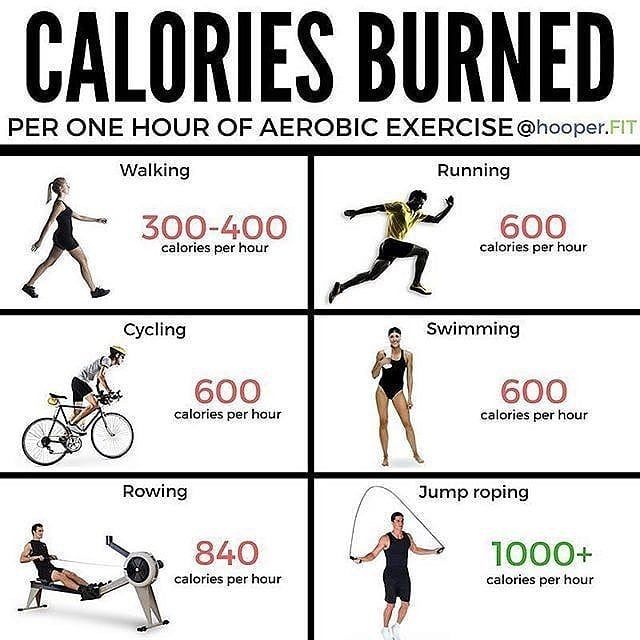
- Recommendations on physical activity for health from the Harvard School of Public Health and the WHO.
- Magnante, & Griffin. (2019, May 24). TDEE Calculator: Find Your Total Daily Energy Expenditure – Fitness Volt. Retrieved October 27, 2022, from https://fitnessvolt.com/tdee-calculator/
How many calories do you burn dancing? Calories by type
Dancing is a whole body workout. As well as being a fun, energetic way to lose weight, dance classes can also improve our coordination, stress levels and even reduce the risk of heart disease. In this article, we investigate the average number of calories that different styles of dance burn to help you discover which types of dance are best for weight loss.
Contemporary Dance Calories
Contemporary dance may seem like a dance style that’s filled with slow-paced movements which don’t really give you much of a workout. But in fact contemporary dance can actually burn more calories than running! A study conducted by a group of scientists from the University of Brighton found that a 30 minute session of contemporary dance burns a whopping 534 calories, whereas 30 minutes of running burns just 528.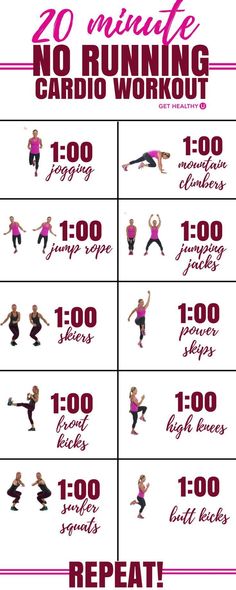
Ballet Calories
Ballerinas are renowned for their slim, dainty physiques… but are they just born like that? Or can ballet actually work you up a sweat? Well, according to the study mentioned above, just half an hour of ballet dancing burns an average of 462 calories. That’s 72 more calories than half an hour of cycling.
Salsa Calories Burned
Salsa is well-known for being fast paced. It’s high intensity, quick movements can really get your heart racing, with the dance style’s ability to burn approximately 200 calories in just 30 minutes. With the dancer’s sustained posture and incorporation of a variety of hip movements in many routines, the Salsa is a fantastic way to workout while having fun.
Tap Calories
Tap dancing mainly involves using the legs and ankles to perform steps. However, as tap dancers are aware, this style often involves the whole body and can be extremely strenuous when performed at a fast pace. The calories burned through tap dancing can vary, however it is possible to burn 350 calories in just half an hour of tap.
Zumba Calories
Zumba is a style of dance that was created with exercise and fitness in mind. Many of the moves in this style of dance are inspired by those from other genres, such as Salsa, Samba and Hip Hop. Zumba is a great way to get fit, with a recent study finding that the average healthy woman can burn up to 9.5 calories per minute, totalling an impressive 285 calories in a half an hour Zumba class.
Street Dance Calories
This energetic style is often very high impact and relies on the dancer’s strength, speed, coordination and balance. Street dance requires a lot of energy, and can help you to burn a whopping 606 calories in just half an hour. This style of dance is known for having no rules, resulting in a variety of muscle groups being used as street dancing is performed. Many street dance techniques engage the core, with moves such as the ‘freeze’ which involves holding the body still in a balance-intensive position.
Cha-cha-cha Calories
The name of this song is an onomatopoeia of the sound the dancer’s feet make when shuffling. But it’s not just the feet that are used in this dance. The movements in the cha-cha-cha also involve maintaining control of the legs, arms, hips and more, making it an ideal whole body workout. Dancing the cha-cha-cha for 30 minutes can burn a good 200 calories.
But it’s not just the feet that are used in this dance. The movements in the cha-cha-cha also involve maintaining control of the legs, arms, hips and more, making it an ideal whole body workout. Dancing the cha-cha-cha for 30 minutes can burn a good 200 calories.
Hip Hop Calories
Hip Hop requires your body to be moving continuously, making it one of the most effective types of dance for weight loss and calorie burn. It turns out that all the ‘breaking’, ‘popping’ and ‘locking’ found in Hip Hop moves can really raise your heart rate and even help you to burn around 490 calories in just 30 minutes.
Samba Calories
Samba is a very lively style of dance, in which the performer bobs up and down using their knees throughout the dance routine. As well as using the knees, this style also focuses on the use of the waist and hips, which can help to tone up your midsection. Samba involves a variety of rather strenuous movements and can help you to burn around 250 calories in half an hour of dancing.
Swing Calories
With Swing’s origins coming from Jazz music, it’s easy to presume that this style of dance is rather laid back and relaxing. However, swing actually requires very fast footwork, alongside the dancer’s ability to hurl their own (and often their partner’s) bodyweight around, making it one of the most strenuous dance genres in existence. Performing just 30 minutes of Swing dancing has been shown to burn 586 calories!
Waltz Calories
The famous Waltz does not burn as many calories as other types of dances do, however it will help to tone up your muscles and improve your posture. Half an hour of dancing the Waltz is said to burn around 108 calories, which is roughly the same number of calories as there are in a standard bag of Quavers – not too bad ey!
We hope this article has been useful in shedding some light on the number of calories that can be burned by doing different styles of dance. It’s important to bear in mind that the calories discussed in this article are all averages – different people burn different amounts of calories depending on factors such as their weight, muscle mass and effort level.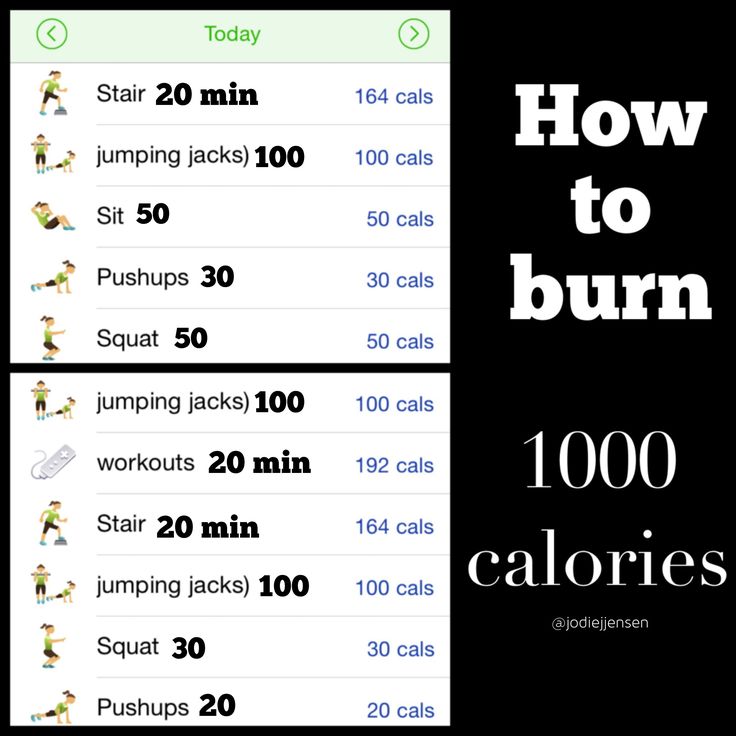
How many calories does dancing burn - Goldy-Woman.com
- Are you here:
- home
- Fitness
variables should be assigned by reference in /home/a0176207/domains/goldy-woman.com/public_html/plugins/content/contentads/contentads.php on line 16
/domains/goldy-woman.com/public_html/plugins/content/contentads/contentads.php on line 123
Notice : Only variables should be assigned by reference in /home/a0176207/domains/goldy- woman.com/public_html/plugins/content/contentads/contentads. php on line 57
php on line 57
- Details
Loading...
How many calories does dancing burn? And because dancing is fun to do, this makes it one of the most successful physical activities for losing weight and maintaining a normal weight: you are unlikely to quit doing it, because you love it!
Dancing as a form of exercise uses a wide variety of movements, involving many muscle groups in dynamics - and this burns a significant amount of calories. Exactly how many calories dancing burns depends on what style of dancing you do.
There are a lot of dances, among the most popular: salsa, hip-hop, ballet, swing, ballroom dancing, belly dancing, breakdance, folk, zumba, pole dancing - all this counts as a workout.
Below we give an approximate cost for each type of dance; All values are approximate and have been calculated for people weighing between 55 and 85 kg.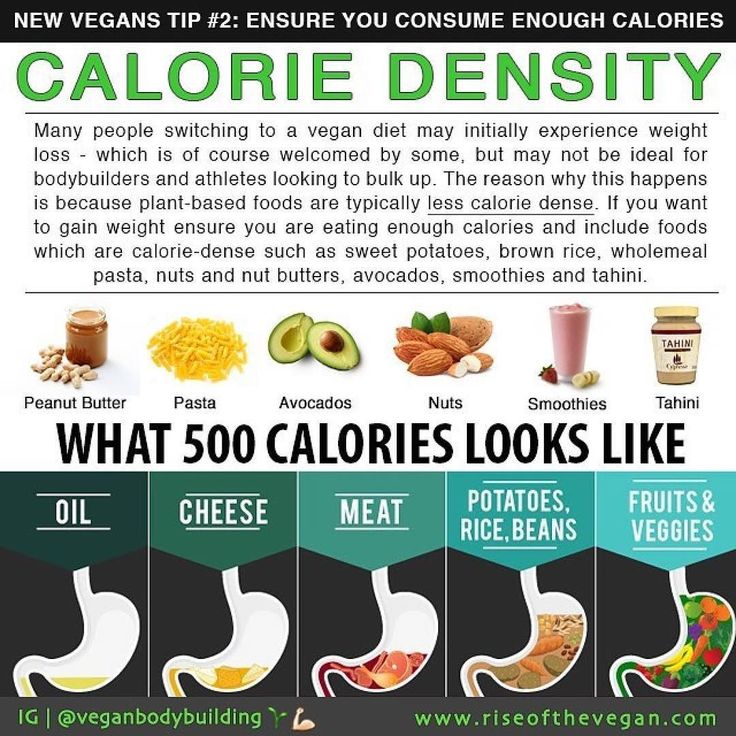 Actual numbers will vary based on weight, amount of muscle mass, gender, and intensity or energy put into the dance.
Actual numbers will vary based on weight, amount of muscle mass, gender, and intensity or energy put into the dance.
Hip-Hop
This dance includes a wide range of full body movement, which puts it high on the calorie expenditure scale. Hip-hop often includes freestyle, which causes muscle groups to “guess” what movement is next - this increases the response to physical activity and reduces the likelihood of a plateau effect. An hour of hip-hop uses approximately 370 (for people with a small weight) to 610 (for people with a weight of more than 80 kg) calories.
Salsa
Salsa burns approximately 405 calories per hour for a 60 kg person and 480 calories for an 80 kg person.
Ballet
We calculated that ballet burns 389-450 calories per hour. Bonus of ballet: good posture, strong "corset" muscles, flexibility and very strong legs. Ballet is known for making a beautiful, long, well-proportioned body.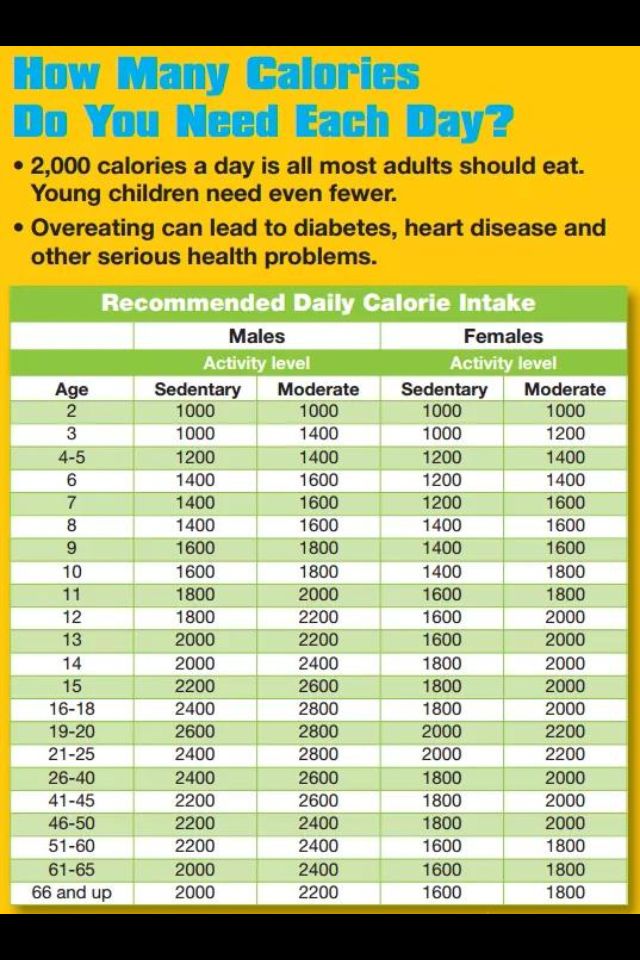 But ballet is a very difficult type of dance, it requires a lot of strength. Professional soccer players have been known to use ballet training to improve their performance.
But ballet is a very difficult type of dance, it requires a lot of strength. Professional soccer players have been known to use ballet training to improve their performance.
Swing
Burns 300-550 calories due to its intensity. There are also styles of swing with jumps and a number of maneuvers with a partner - in such cases, swing can burn even more calories.
Ballroom dancing
Ballroom dancing burns different amounts of calories depending on the intensity. Slow - 150-220 calories per hour, fast - 250-320 calories per hour.
Belly dance
Belly dancing burns 270-320 calories - this is a low intensity style. Faster and more intense styles burn 290-360 calories.
Tap dance
Tap dance is a complete cardio workout, where the main work is done by the legs. This dance burns between 200 and 700 calories per hour: this difference depends on the number of movements per hour and intensity.
Breakdancing
How many calories does breakdancing burn? It can require remarkable strength and dexterity, as some movements require impressive postures when it is necessary to support the weight of the entire body. We calculated that break dancing burns 400-650 calories per hour.
Folk
Slow folk burns 250-330 calories, fast styles 310-420 calories.
Zumba
Women weighing 55-75 kg burn approximately 350-650 calories per hour doing zumba - and that's only if you do the entire hour of training at maximum intensity.
Pole dance
Pole dance develops sufficient strength and burns 250-350 calories per hour.
Mosh
This style usually doesn't require much skill, but uses a lot of energy: 400-750 calories per hour is a very realistic figure for this dance.
Please note: these figures are approximate. How many calories dancing actually burns will depend on many factors.
Source: fitnessblender.com
Loading...
Notice : Only variables should be assigned by reference in /home/a0176207/domains/goldy-woman.com/public_html/plugins/content/relatednews/tmpl/default.php on line 18
- Back
- Forward
How many calories does each style burn?
Psychologists consider dancing one of the best methods for weight loss!
Everything is simple here: more activity - more calories burned, as a bonus - a lot of positive emotions. A positive attitude in the process of weight loss is very important.
And so, our selection of the 10 most popular dance styles:
1) Ballet - 700-750 kcal / hour
For training, performing classical steps, you can burn about 750 kcal. And in order to look graceful, the trainer will also recommend reducing daily calories to a minimum.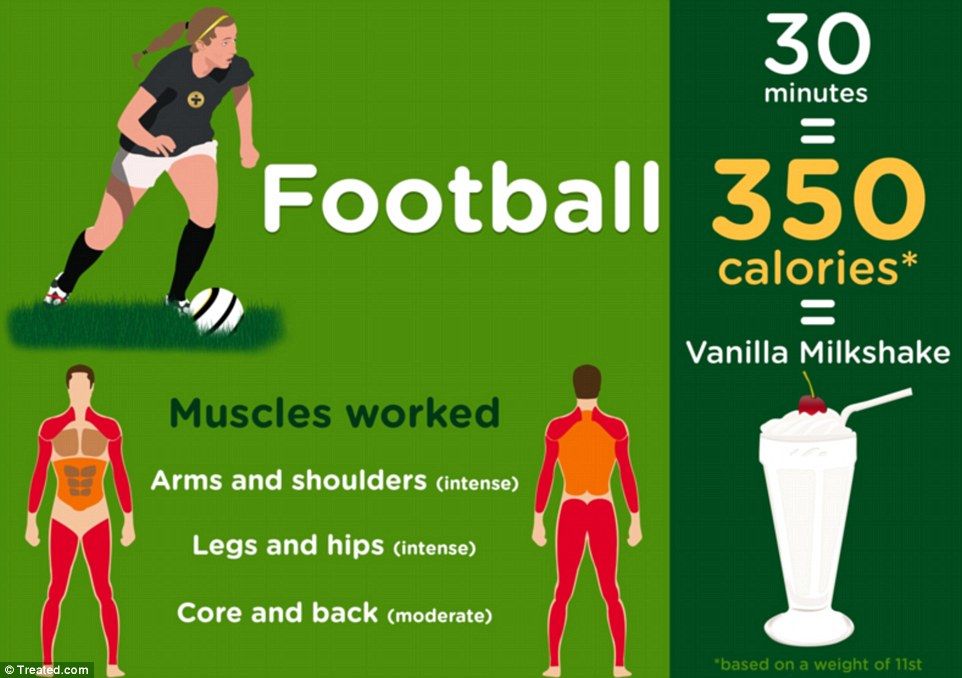
2) Hip-Hop - up to 750 kcal/hour
The main elements and techniques of this style are: body swing, jumps, falls, rotations and light acrobatic movements.
3) Reggaeton - up to 700 kcal/hour
Sharp movements involve all muscles, high-quality cardio load strengthens the heart muscle and "accelerates" the blood. During the dance, the legs, hips and buttocks are strengthened, giving the forms a piquant roundness;
4) Jazz-modern - up to 650 kcal/hour
This "mixture" of elements of classical ballet, ballroom dancing, tap dance, break and other styles is attractive in that it heavily loads almost all muscle groups, and this is extremely important in the process of losing weight;
5) Zumba – 525 kcal/hour
Zumba is a dance fitness program that combines fitness exercises and movements from Latin American dances.
6) Pole dance (plastic strip) 500 kcal/hour
Combines cardio load, stretching exercises and at the same time strength training. Almost all muscle groups are involved. The main load falls on the legs, stomach, back and buttocks.
7) Twerk - 500 kcal/hour
Twerk is a very erotic dance whose roots can be found in American southern rap. The dance actively works out the legs and hips, and also increases the density of the tissues of the pelvic bone, which helps to avoid osteoporosis.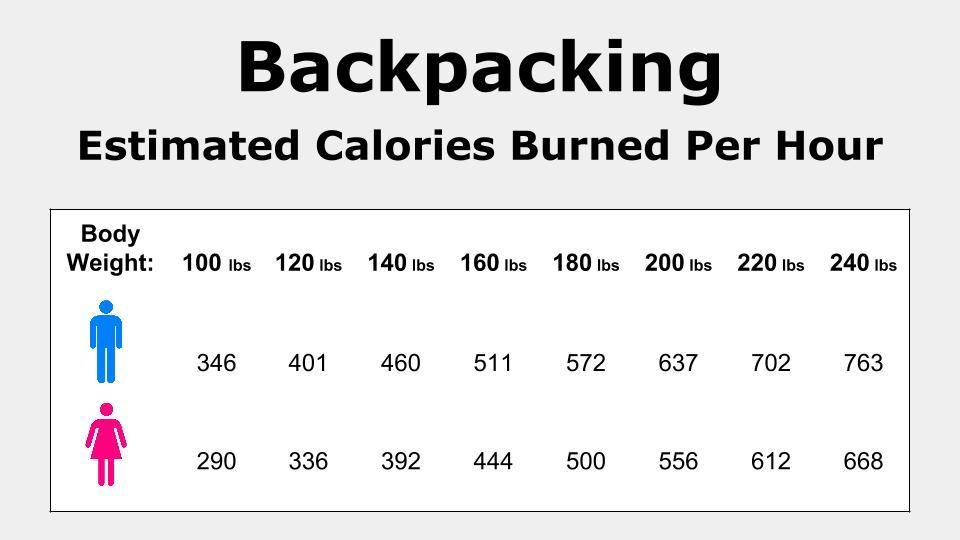
8) Latina — 450-500 kcal/hour
Latina is a common name for many areas of Latin American dances, such as mamba, bachata, jive, rumba, cha-cha-cha and others. All of them are united by the fact that the dance is based on energetic movements that actively help fight excess weight.
9) Belly dance or oriental dances - 300-400 kcal/hour
Perhaps this is the most feminine dance of all possible fitness areas and, at the same time, the most uncomplicated in terms of choreography. It is difficult to overestimate the benefits of oriental dances, especially for women: while doing belly dancing, you actively shake your hips, as a result of which blood circulation increases in the pelvic organs. This helps to restore the functioning of the ovaries, and also has a beneficial effect on the uterine mucosa.